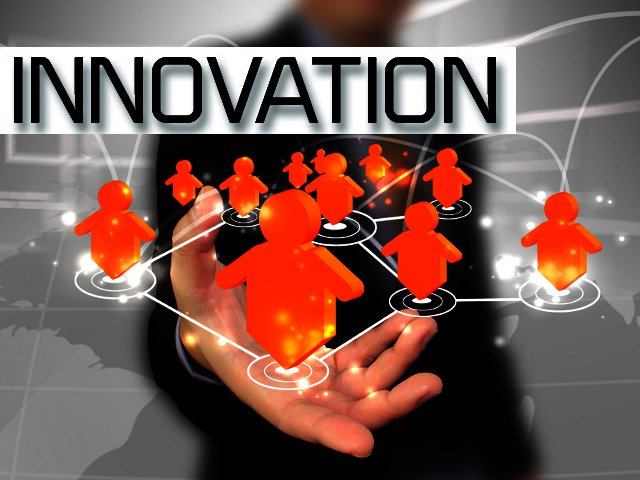By Henra Mayer, CEO, Innocentrix
The result is an increasingly growing and crowded landscape of innovation management tools that is becoming more and more difficult to navigate – a trend that is expected to continue as new and existing offerings incorporate more radical technologies such as artificial intelligence and crypto currencies.
The current innovation technology market is estimated at over $200 million and boasts up to 250 vendors (and counting), almost doubling its size in the last two and a half years. In a fragmented innovation system market differentiation is not easy to come by. This does not come as good news for increasingly frustrated customers trying to make sense of it all. The very reason the innovation system vendors make a case for their software (to help organisations innovate and differentiate) might become a paradox in itself that begs the same question from them – how are innovation technology vendors creating new value and differentiation in an increasingly dynamic market?
At Innocentrix we understand this problem as we work with both vendors and clients to make innovation intentional, repeatable and supportive of next level growth. One solution will not universally fit all needs. Organisations need to understand the functionality on offer, how it fits the organisation’s own requirements, the financial and business models available as well as how this align with current innovation maturity levels and future goals.
Where to start is not always easy to figure out. The aim with this article is to offer a practical point of departure to assist organisations to navigate this landscape better.
But we can Build?
Customers increasingly look for a voice in the development of a solution that best meet their needs and prefer “exceptional service” as opposed to traditionally offered technology services. This might be one of the reasons investigating in-house development is often one of the first activities undertaken by organisations when the need for an innovation management system has been identified. It is possible that certain organisations by the nature of what they do have the ability to develop in-house and it seems like an attractive option when one ponders the crowded innovation technology landscape mentioned above. Add to this foreign currency hurdles if you are considering best of breed international solutions that also naturally comes with geographical and time zone challenges. The other reality is the speed of change, the impact of digital innovation and the requirement to have to run hard just to stand still, for what could be considered to be a non-core activity. Building you own is not impossible but with the rise of mobility and SaaS offerings it is becoming increasingly challenging to do so well.
Apart from functionality and development costs, organisations need to consider time available for development as well as servicing the organisation’s future innovation aspirations.
Other considerations should be:
Insight
Does your development team understand the organisation’s technical and innovation-critical requirements to enable it effectively. Can you map the minimal viable product (MVP) and do you have a good understanding of the future roadmap for the product? Moreover, does the development team really understand innovation and innovation software development?
Skill
Does your organisation have the required technical in-house experience to deliver a solution that is reasonably comparable to what is available off the shelf right now. Will you have continued access to these skills in the future and do they have the time available to bring the product to the organisation reasonably quickly?
Relevance
Innovation software vendors have been in the game for several years, they understand the dynamics of the market and are trusted by some of the world’s largest companies. This is their core competency, the reason they exist. It is in their interest to remain relevant and at the forefront of best practise in innovation management. Consider the internal stakeholder challenge as the organisation has to continually justify the investment and when it becomes a cost / price game the 3rd party vendor has the scope to offer compellingly lower prices.
Total cost of ownership
It is necessary to consider the complexity of total cost of ownership. The allure of building your own is attractive when one considers the ubiquity of the tools and seemingly low barriers of investment, but what costs are associated to personnel, on-going maintenance, and continuous development. Opportunity costs if this is not a core competency for the organisation also need to be considered.
Building an in-house solution is possible but it is not straightforward. Initially and at low levels of innovation maturity in-house built systems can serve their purpose, but they soon fall by the wayside as maturity levels and the complexity of needed functionality increases. Another challenge is that in house development can become someone’s pet project. Organisations often fail to maintain their systems due to a change in roles and responsibilities over time, resulting in an eventual waste of not only money, but time as well.





